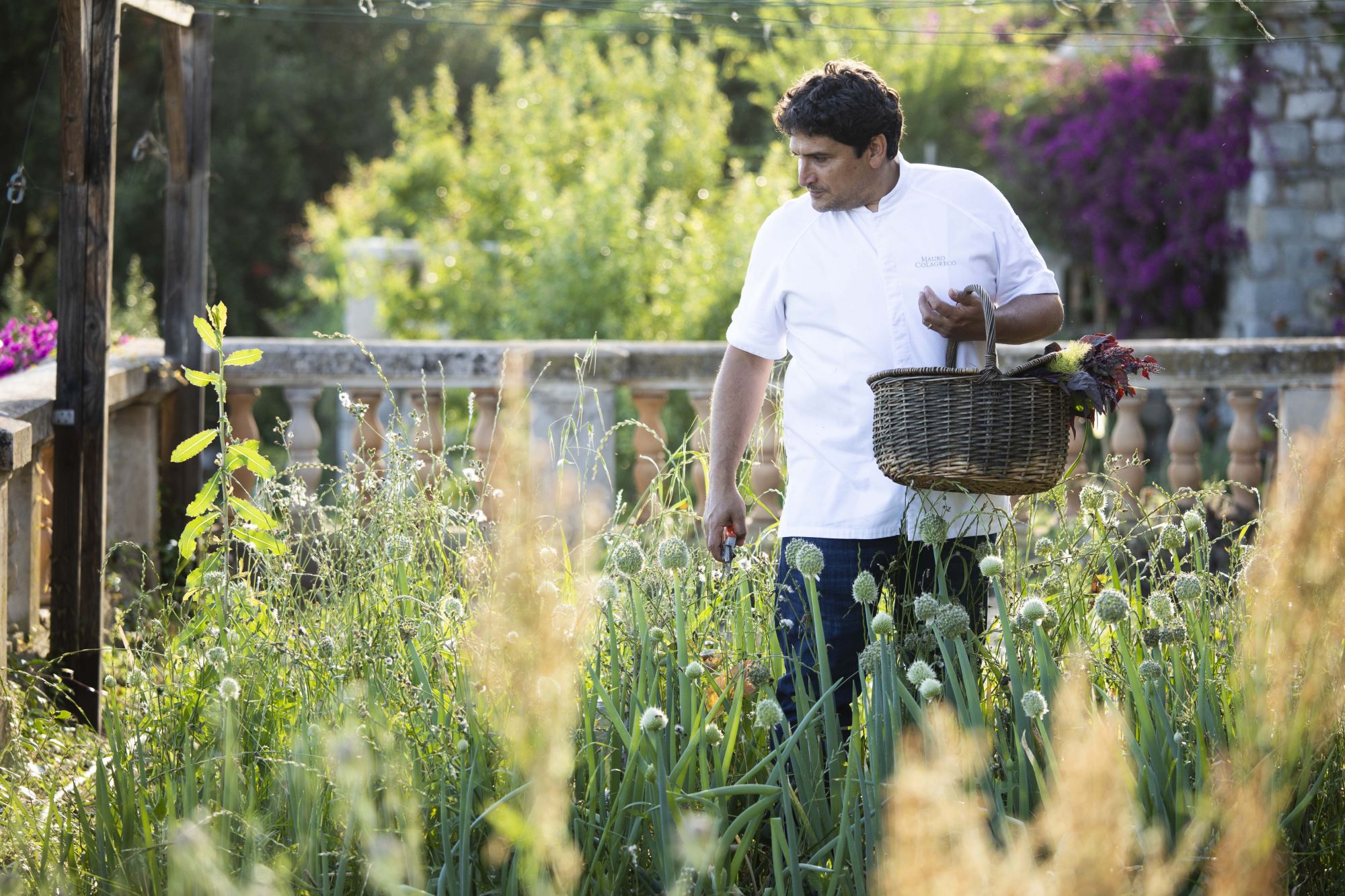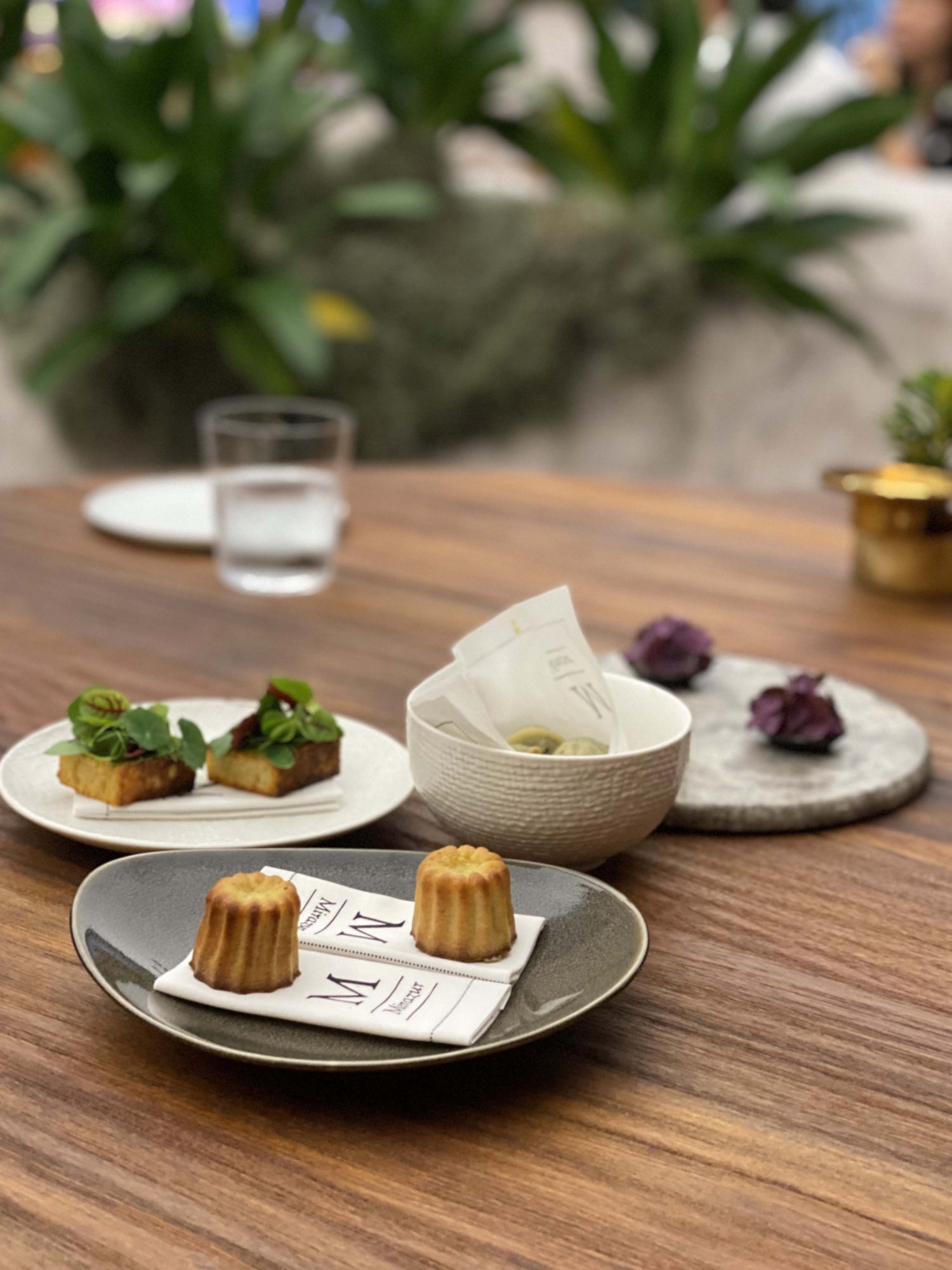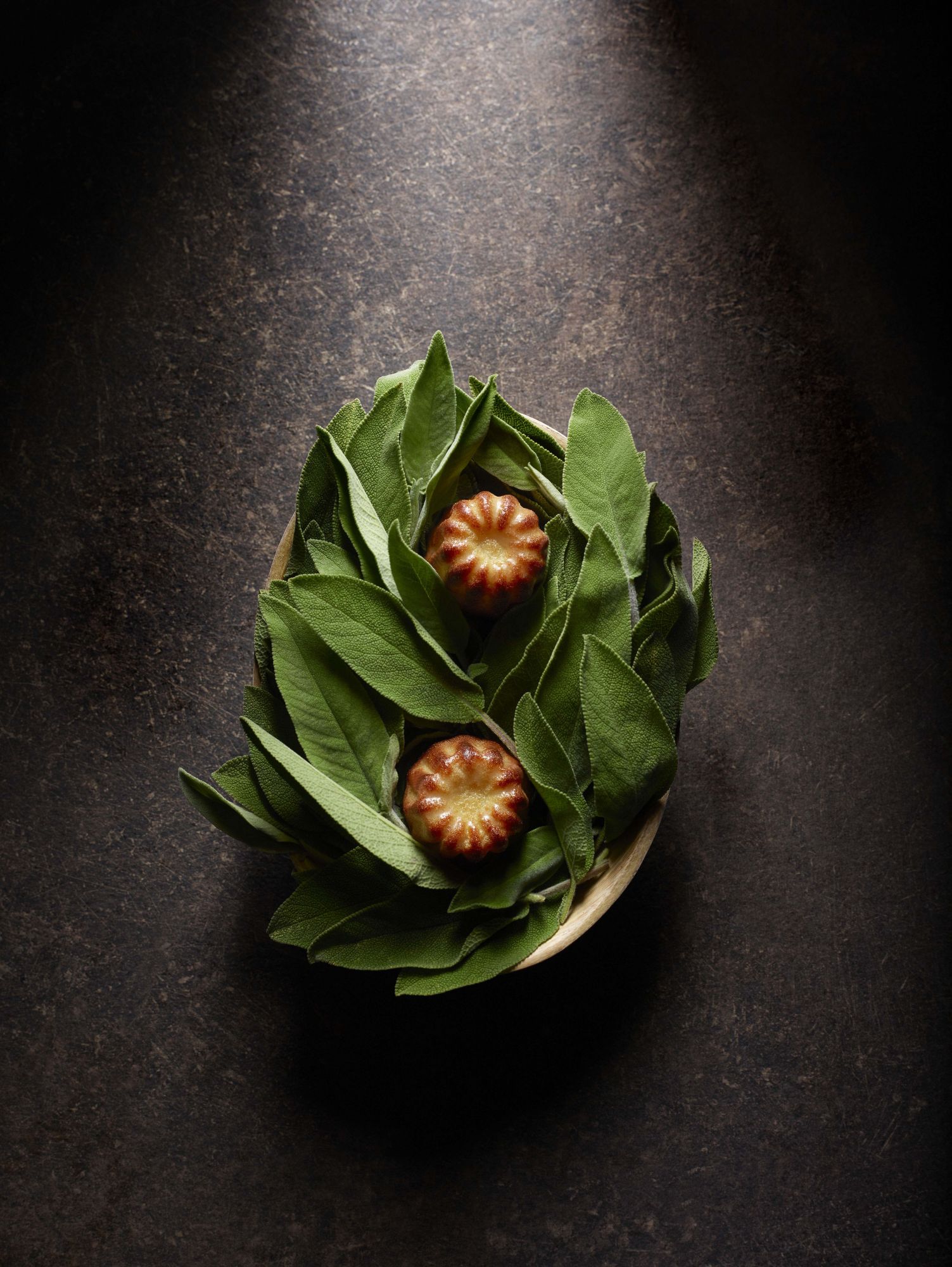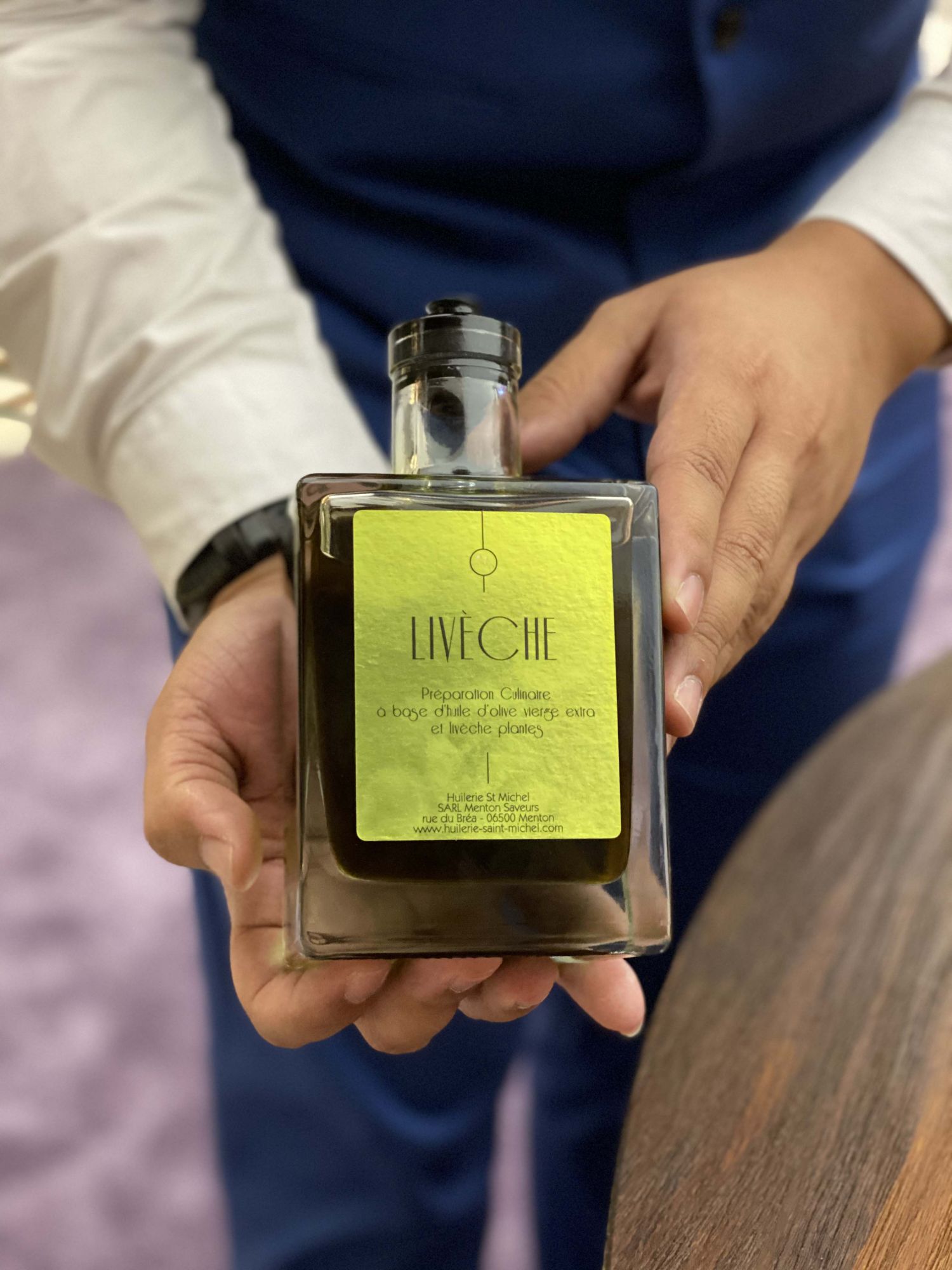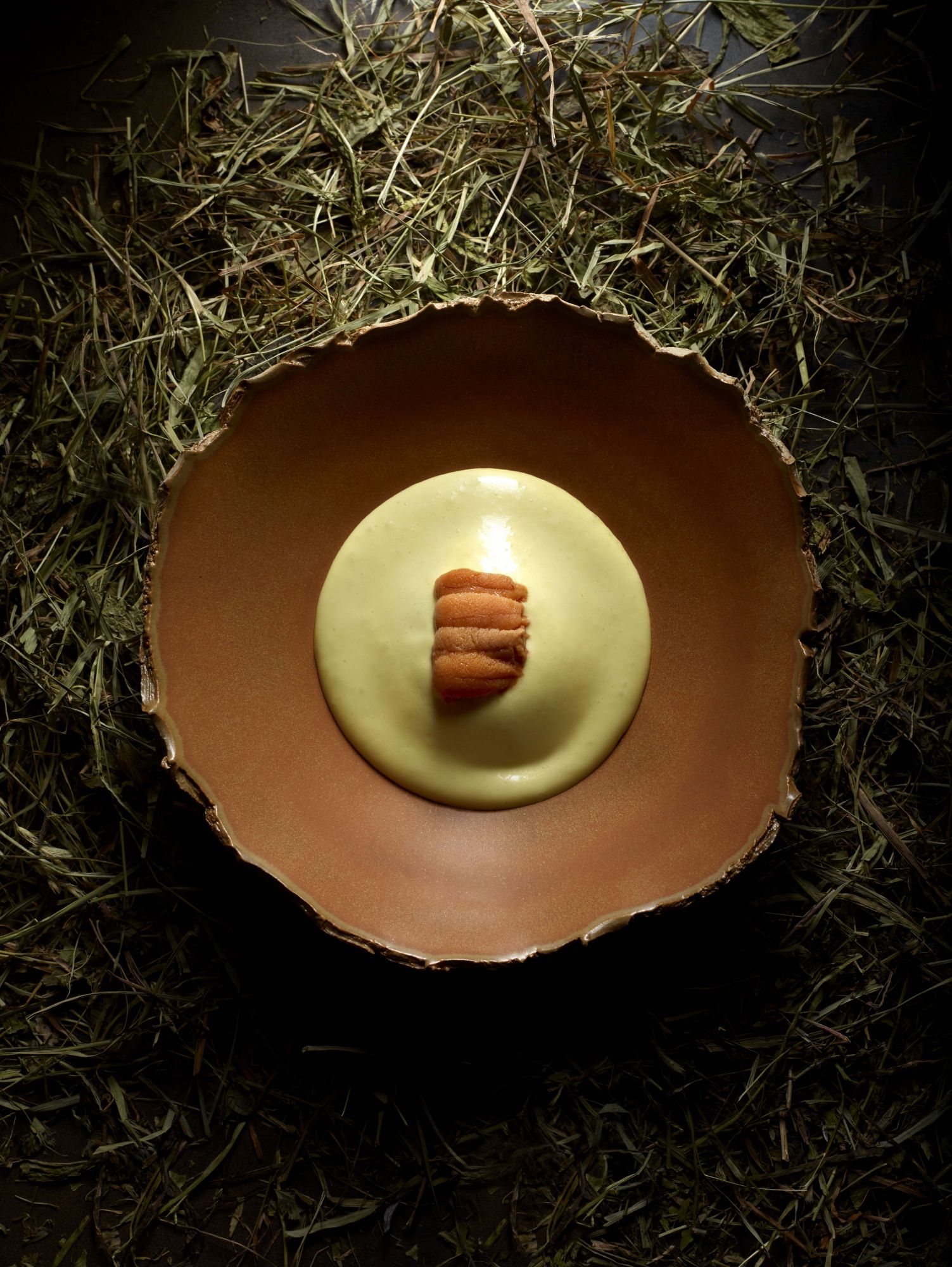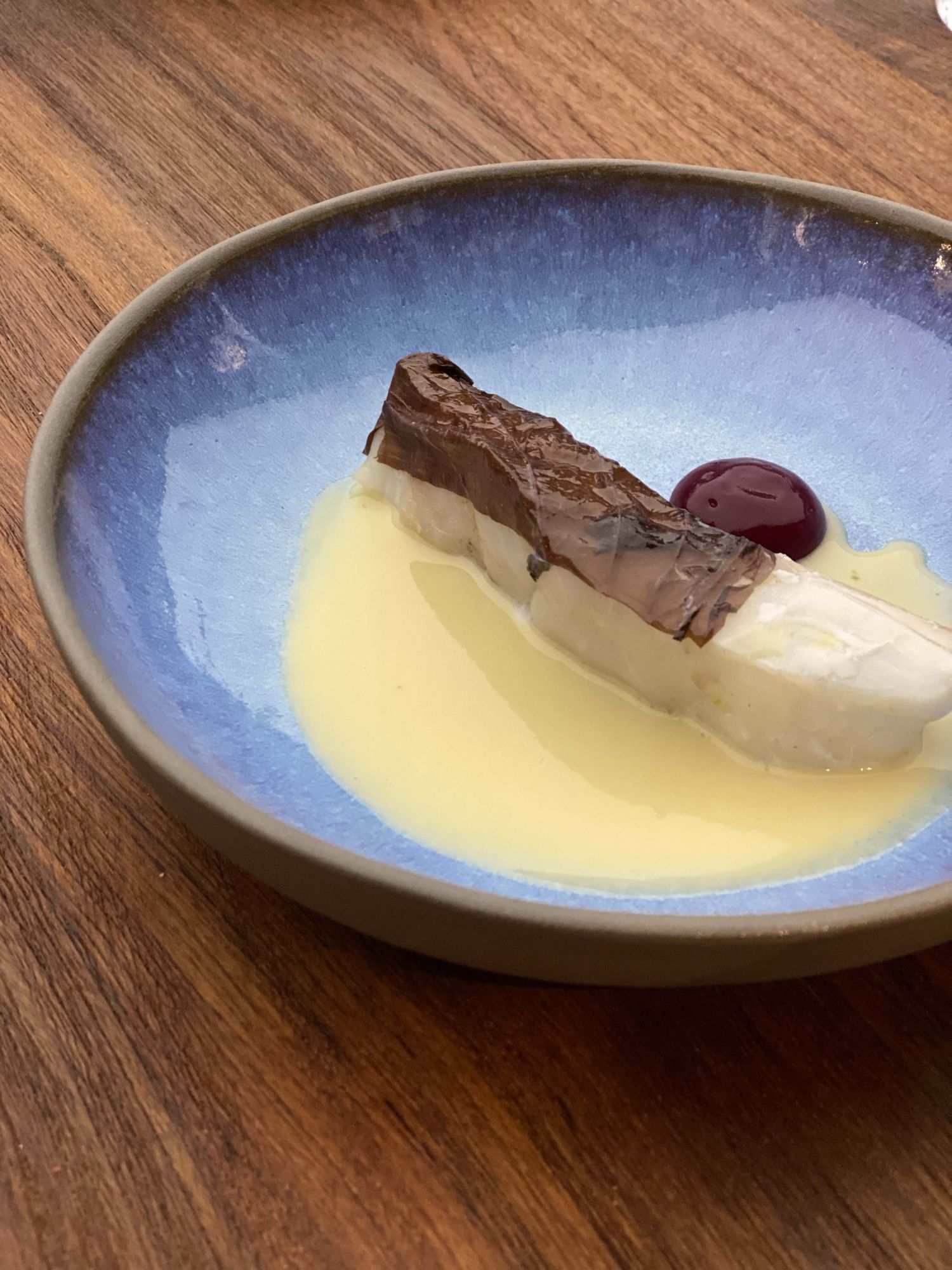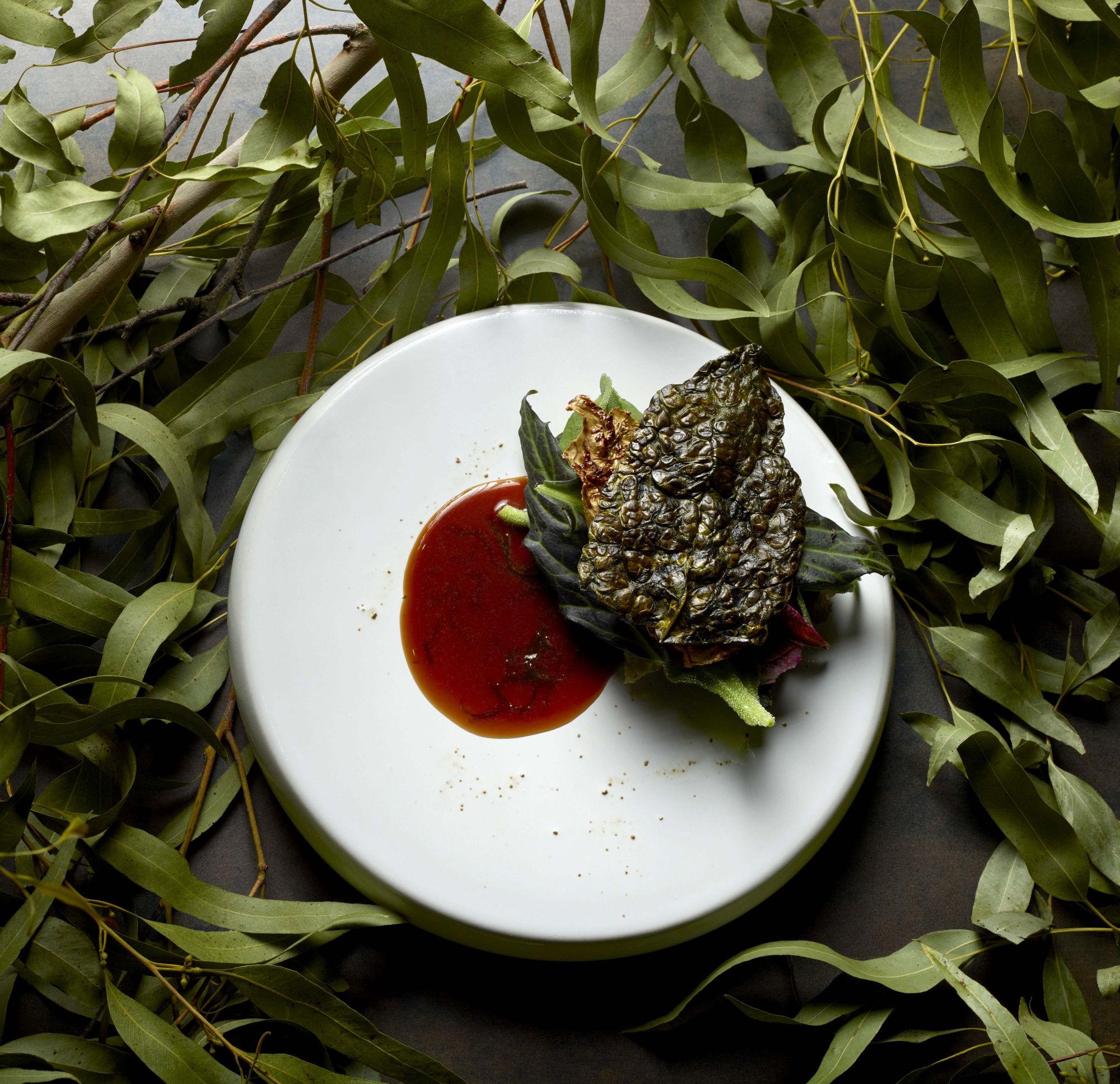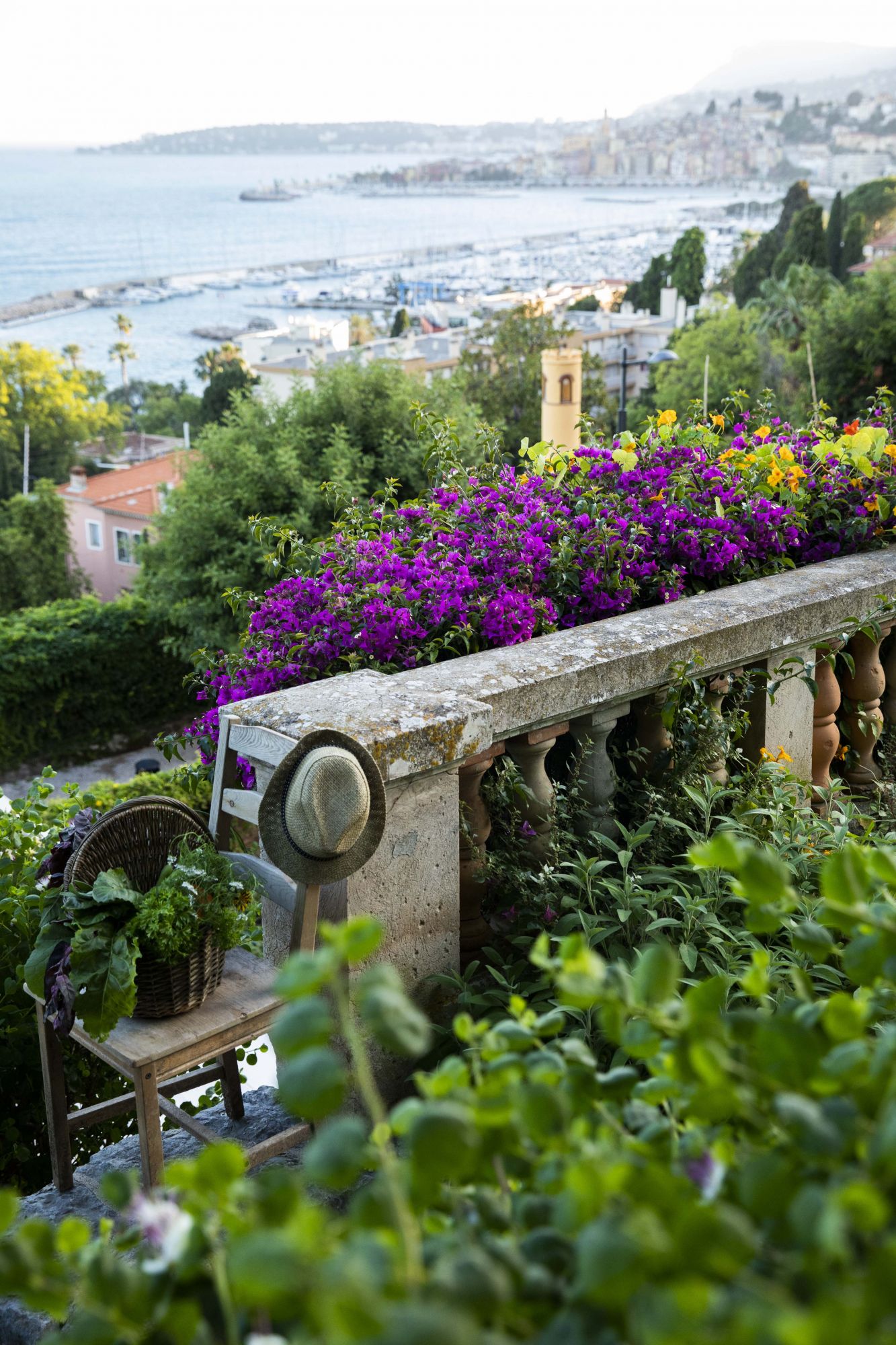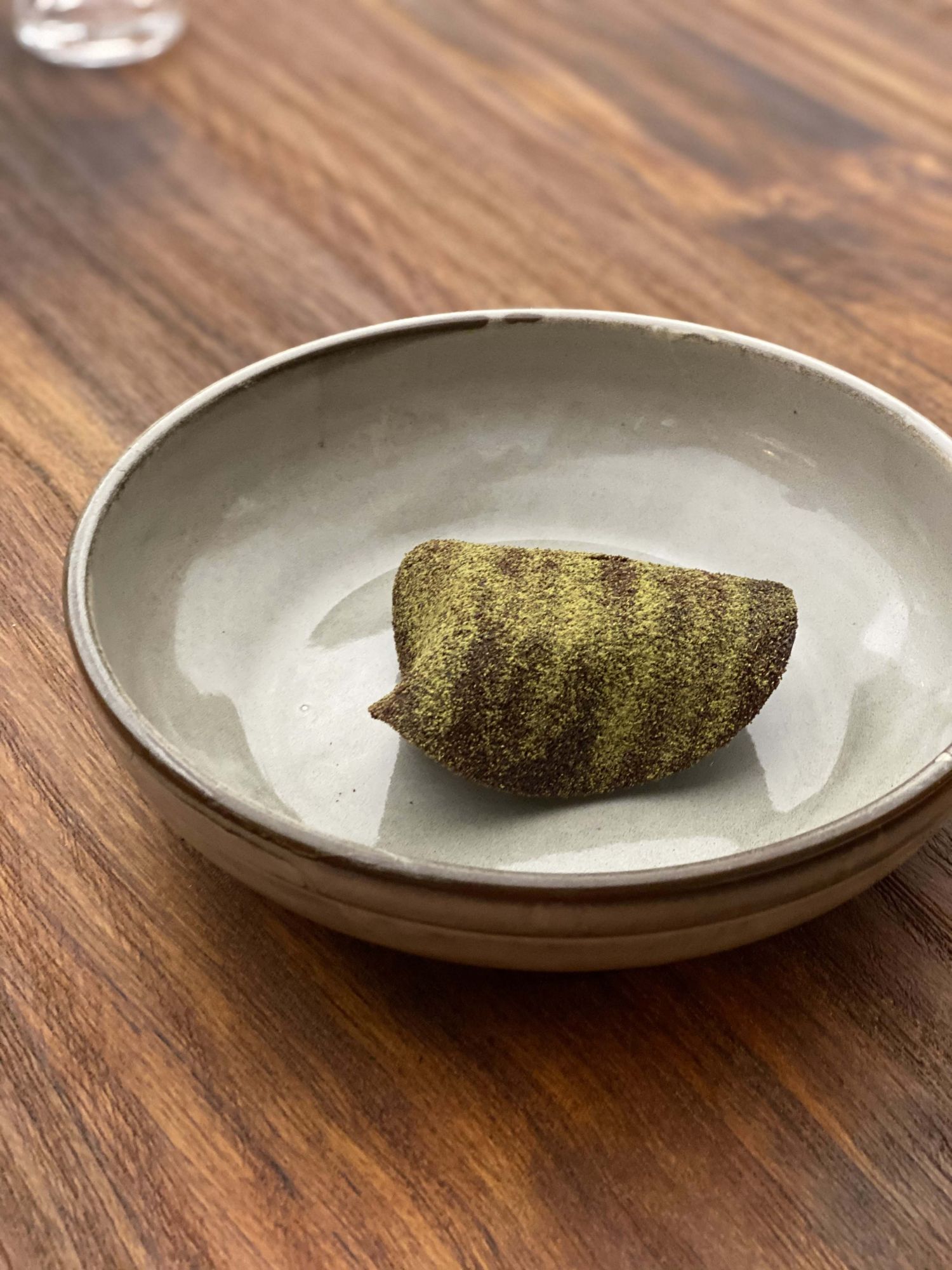Mirazur’s residency in Singapore hopes to replicate its sustainable, produce-first philosophy using local ingredients. Does it live up to the hype?
If you landed on this article expecting to find a play-by-play of the dishes served at Mirazur’s exclusive three-month residency at Mandala Club, you've come to the right place. Just keep in mind that it’s probably not what you’ll be eating if you managed to nab a table. Mirazur prefers to keep surprises up their sleeve—there are no menus and no fixed dishes at their first-ever pop-up in Southeast Asia. Instead, they proffer “Lunar Menus” which essentially means the culinary team is guided by ingredients at their prime from which dishes are then conceived.
In Menton, France, where the acclaimed restaurant is based, one can find a nurturing climate ideal for growing produce. “We used to be a restaurant with a garden, now we are a garden with a restaurant,” says Luca Mattioli, head chef of Mirazur’s residency and the leader of research and development who has worked with chef-patron Mauro Colagreco for over five years.
In their venture to the Garden City, they brought that same thinking and used the downtime—the five-week break during Phase 2 Heightened Alert—to further their connections with local suppliers. They work with sustainability pioneer Edible Garden City and family-owned Kok Fah Technology Farm, as well as source hormone-free birds from Toh Thye San and local honey from Singaporean beekeeper and conservationist Xavier Tan of Nutrinest.
Related: Mauro Colagreco, Chef-Owner of World's Best Restaurant Mirazur on Why Singapore Is Special to Him
